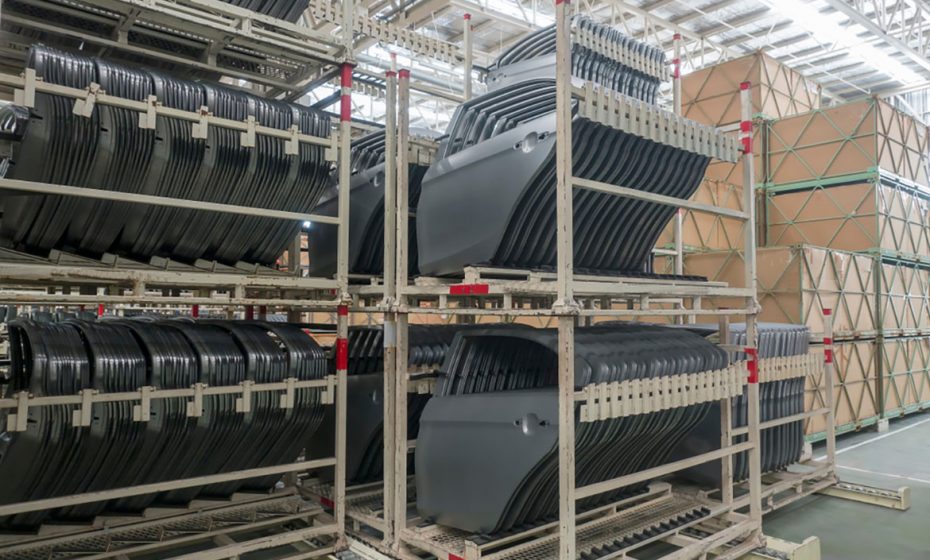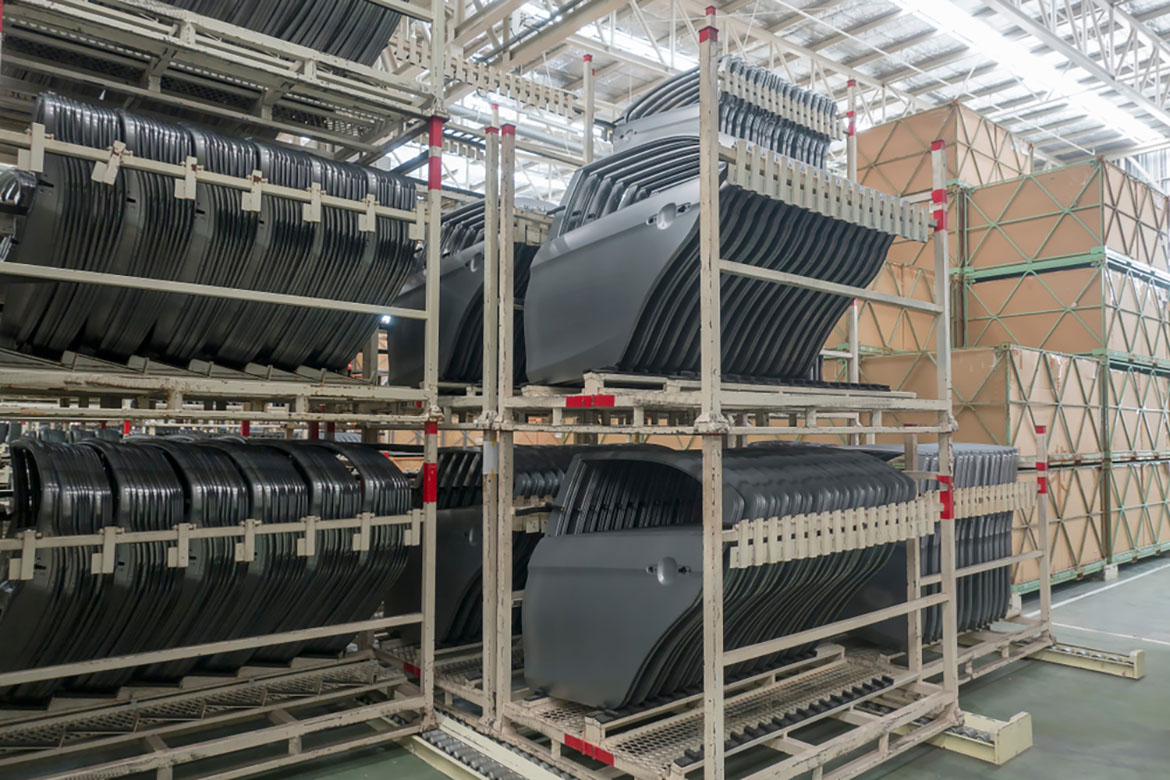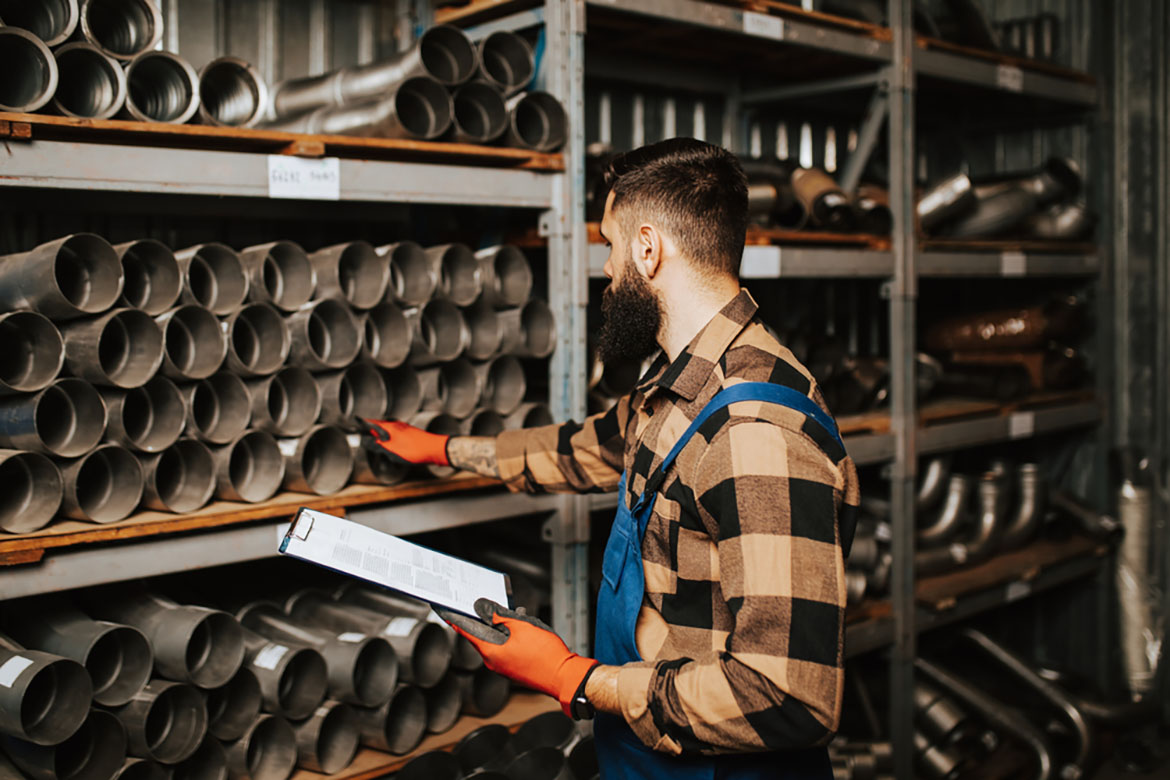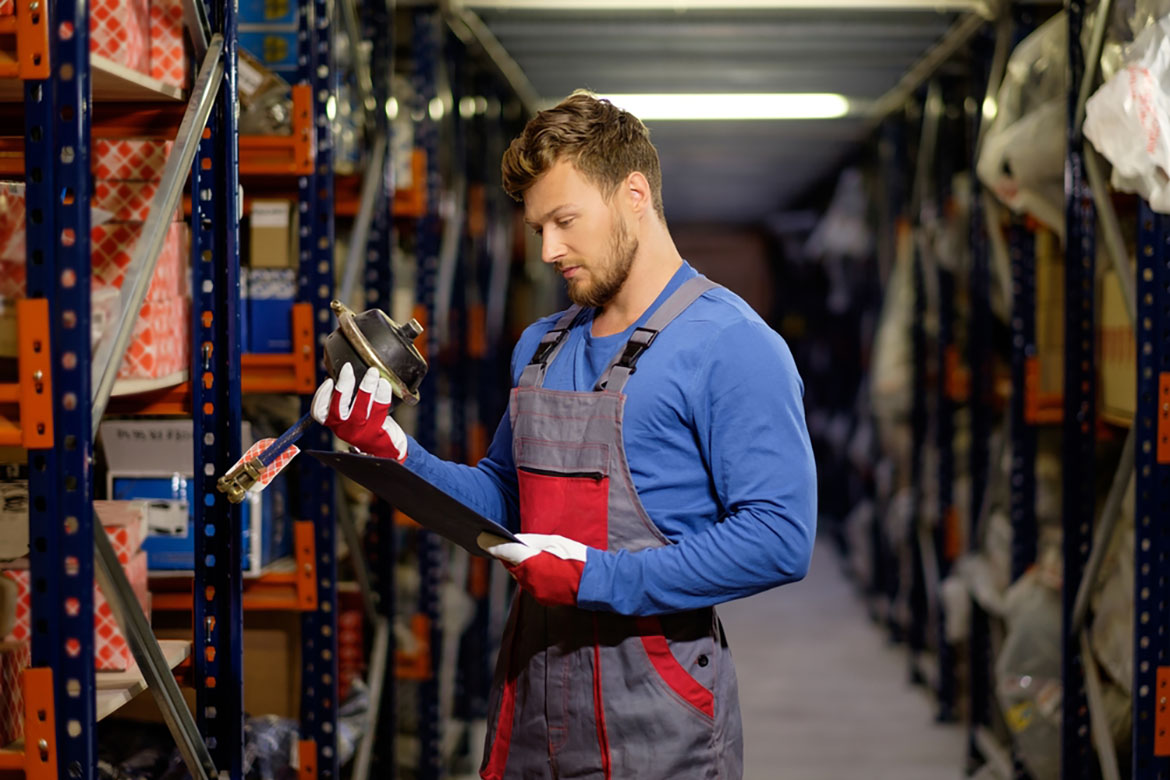The auto industry is made up of tens of thousands of different parts. The engine alone can have up to 4,800 individual parts. All these parts require different types of warehouse storage systems. These parts range dramatically in size and shape. Some are extremely fragile, while others can withstand the test of time. Choosing a storage system all depends on the nature of the part and how it’s being used. Learn more about the different types of storage systems and how they function in the OEM automotive industry.
Storage Cabinets
This is one of the most common types of storage systems. You will find them in OEM warehouses as well as repair shops and stock rooms. The cabinet is usually made of metal or wood with adjustable rows of shelves hanging on racks. You can then store parts in metal storage bins or plastic totes with drop-down openings that let you reach inside. These bins and totes range in size and color. You can assign different colors and containers to certain parts for better inventory management.
Shop Storage Bins and Cabinets
The cabinets are used to store small auto parts, such as nuts, bolts and screws, as well as tools for assembling the vehicle or part.
Pallet Storage System
The pallet storage system has become a staple of any warehouse. Goods are placed on pallets that fit onto metal stack racks. These racks can be constructed and altered depending on the product in question. Each shelf may contain a single row of pallets, while other facilities may stack pallets on top of each other. They will then use a lift truck to retrieve the item.
These systems are used to store large auto parts, such as doors, frames and tires, as well as bulk containers with large quantities of goods. It can also be used to maximize floor space by getting more inventory off the ground.
Static Shelving
Static shelving units are used for heavy auto parts of all sizes. They are typically made of metal or steel and are fixed to the ground. You can’t move the racks once they are installed, which makes it difficult to adjust your layout over time. However, they are considered the most stable in the industry. They are perfect for storing valuable goods and those that weigh several tons or more.
Most companies will use static shelving to store products and materials for long periods of time. It’s usually best to first store goods in wooden crates before putting them on the shelf. The rack can withstand the weight of the wood for more peace of mind.
Sliding Racks
There are also stack racks that fit into tracks on the floor. The tracks run from one end of the facility to another so you can easily push the racks back and forth in a lateral motion. This makes it easy to redesign the layout of the facility based on your inventory. The shelving unit can be used to store goods in facilities with high rates of turnover. They also tend to be common in distribution centers with high flow rates.
Some movable storage systems don’t need tracks. You can use industrial wire baskets to quickly move your inventory as you adjust the layout of your facility. The baskets keep your inventory visible for instant item recognition and faster walkthroughs. They will also help you sort incoming inventory as you move new products through the facility.
Double-deep Racking
Similar to the pallet racking system, the double-deep rack can store more pallets per shelf. They are considerably wider than a traditional pallet rack. Facilities can use the added depth to store more of their goods with less floor space. The inventory will usually sit on the shelf for long periods of time, which can lead to overstocking. The products should be stored using a last-in, first-out system to avoid letting inventory sit on the shelf for too long. This system is used to store large auto parts that may not move for months at a time, such as doors, windows, tires and other vehicle staples.
However, the inventory will be several rows back, which makes it hard to inspect. Workers may not be able to inspect the item until it comes off the shelf.
Every automotive facility needs to choose the best storage system for their products. Facilities that store more than one kind of product may need to use a hybrid system. Consider these options as you look for the right equipment for your OEM storage facility.
Image credits:
Chamil/shutterstock.com
hedgehog94/shutterstock.com
Nejron Photo/shutterstock.com



